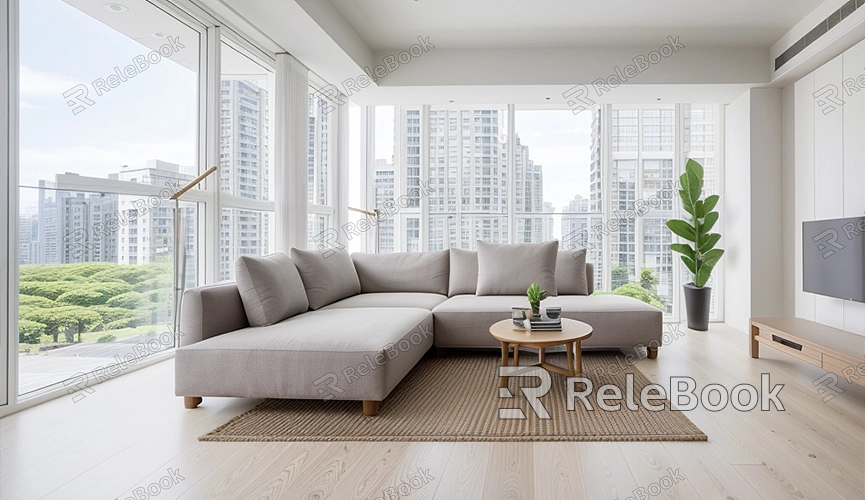Can You Make a Motor in Blender Render?
Blender, as a powerful open-source 3D modeling and rendering software, is widely used across various fields of 3D design. Many people wonder if it's possible to create and render a motor in Blender. The answer is affirmative. This article will explain how to create a realistic motor model in Blender and render it into high-quality images.
What is Blender?
Blender is a free and open-source 3D modeling software extensively used in animation, visual effects, gaming, and virtual reality. Blender boasts comprehensive features including modeling, sculpting, texture painting, animation, rendering, and video editing. Thus, Blender is fully equipped to assist you in creating intricate motor models and achieving high-quality renders.

Steps to Create a Motor Model
1. Preparation and Reference Materials
Before starting modeling, gathering extensive reference materials is crucial. You can collect design blueprints, photographs, or actual motor models. The more detailed your references, the more realistic your model will be.
2. Basic Modeling
Upon opening Blender, begin by creating the basic shapes of the motor. This includes the main body of the motor, its shaft, and other primary components. Utilize Blender's basic geometric primitives such as cylinders, cubes, and spheres to construct these parts.
- Create Motor Body: Use a cylinder as the main body of the motor. Adjust the cylinder's height and radius to match proportions from your references.
- Add Shaft: Insert a slender cylinder at the center of the motor body as the motor's shaft. Ensure the shaft's length and diameter correspond to the actual motor specifications.
- Refine Model: Enhance the model by adding additional geometry like bolts, brackets, etc., to detail the motor.
3. Detail Modeling
After establishing the basic structure, proceed to add intricate details to enhance the realism of the motor model. This includes coils, heat sinks, and other complex components. Blender provides robust modeling tools to aid in creating these details.
- Coils: Utilize Blender's curve tools to create coils for the motor. Adjust the curve's shape and density to simulate the actual coil structure.
- Heat Sinks: Use Boolean operations to fashion heat sinks. Start by creating a basic shape and then use Boolean operations to cut it into the desired form.
- Bolts and Nuts: Use Blender's mesh editing tools to create bolts and nuts. Duplicate and adjust these components to quickly add multiple bolts and nuts.
4. Add Materials and Textures
Once the model is complete, proceed to apply materials and textures. Blender offers comprehensive material editing tools to create various realistic material effects.
- Basic Materials: Apply basic metal materials to the motor body and shaft. Adjust the material's color, glossiness, and reflectivity to simulate different types of metal.
- Textures: Use texture painting tools to add more details to the motor. For example, add scratches and dirt to simulate a metal surface realistically.
- Mapping: Apply textures to specific parts of the motor (such as motor labels and logos) using UV mapping and texture projection.
5. Rendering Setup
After completing the model and material setup, configure the rendering parameters. Blender's rendering engines (such as Cycles and Eevee) assist in generating high-quality images.
- Lighting Setup: Add appropriate light sources to showcase the motor model's details effectively. Use point lights, directional lights, and ambient lights to simulate various lighting effects.
- Camera Setup: Adjust the camera's position and angle to capture the motor model's best view. Enhance the image's visual appeal by adjusting the camera's focal length and depth of field settings.
- Rendering Settings: Fine-tune rendering parameters such as resolution, sampling rate, and anti-aliasing to ensure the final rendered image's quality.
6. Render the Image
Finally, click the render button, and Blender will produce high-quality images of the motor model. Export the rendered results in different image formats (such as PNG, JPEG) for further post-processing.
If you require many high-quality 3D textures and HDRI or need to download 3D models while creating models and virtual scenes, Relebook offers a solution where you can download textures and 3D models directly for use. This significantly enhances your workflow efficiency and model quality.

